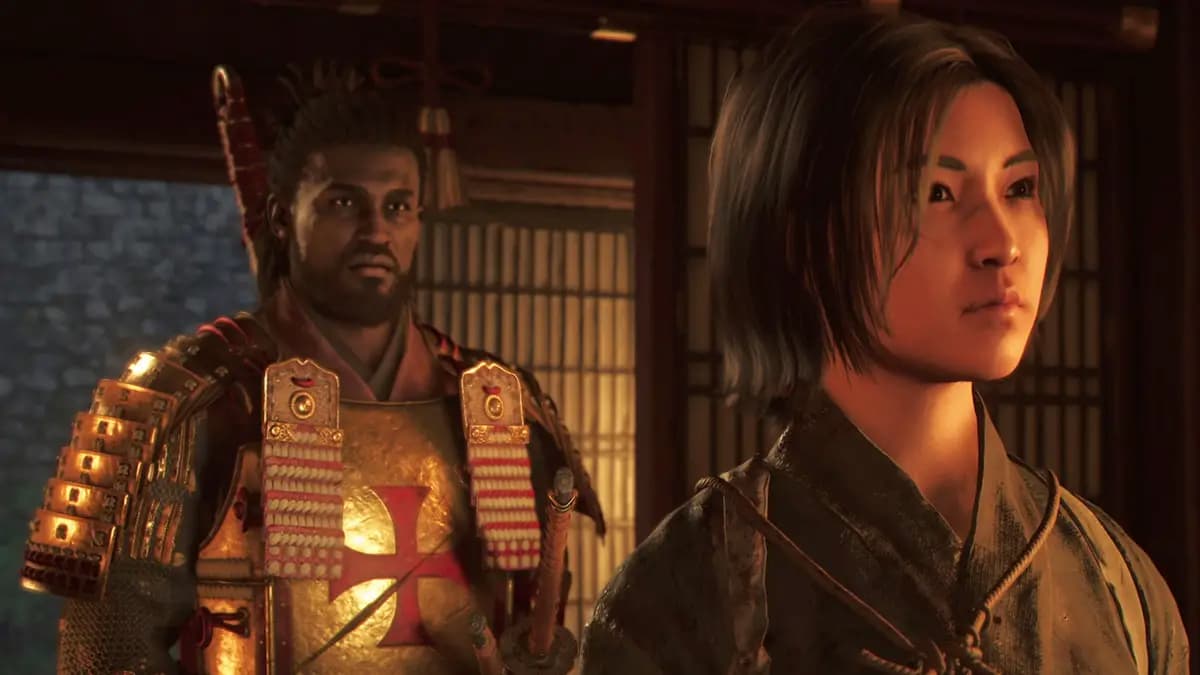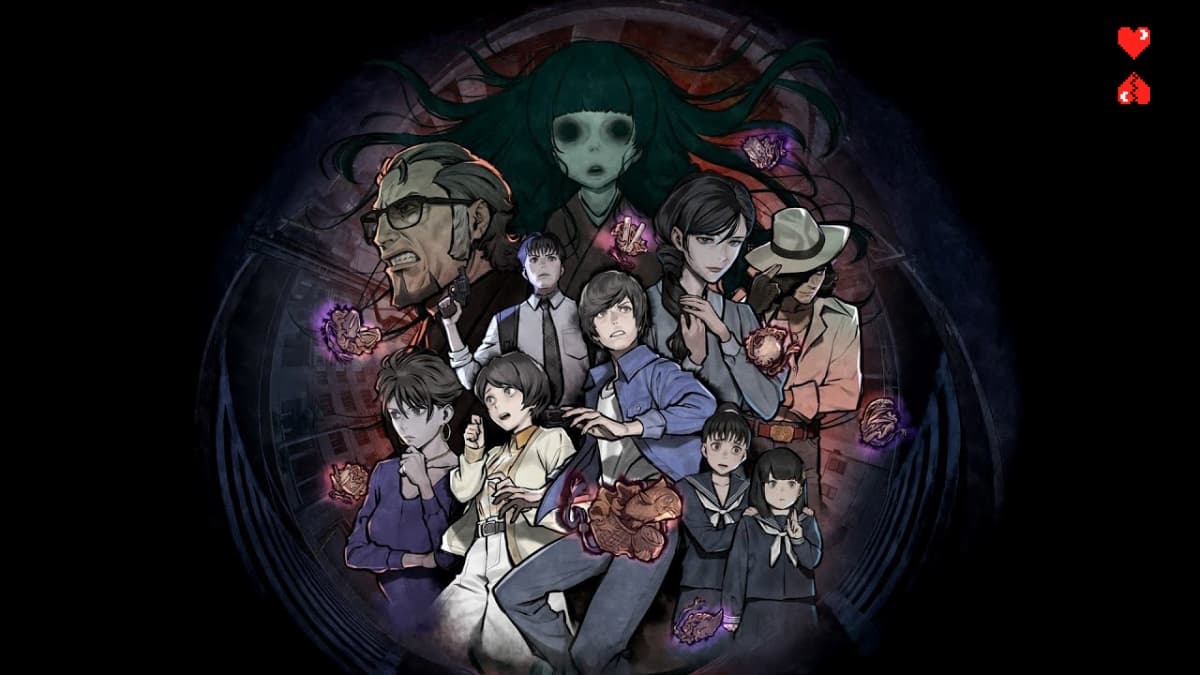It appears everyone who hasn’t been pointlessly hating on Diablo 4 since day one has been quite enjoying its latest seasonal update and with good reason: It finally feels like a compelling action RPG to play long-term, or at the very least, the beginning of one.
I had a fair share of problems with the story at the center of the fourth mainline Diablo entry, yet I walked away from it having enjoyed my time overall. In fact, I stuck around its fleshed-out world just because I thought it was the game’s biggest strength and a big improvement over Diablo III. Moreover, the game simply felt great to play. But there’s only so much fun you can have before hitting the inevitable wall of early-days action RPGs: What’s the point of all this if the progression and grindy loop aren’t quite there yet?

Around 50 hours into my time with Diablo IV, I bounced off and only popped back in to see how the first two seasons fared. I thought they were alright, with the second one, the Season of Blood, being borderline notable. Yet a daunting issue remained: The loot wasn’t good enough, and action RPG brains can only be happy for prolonged periods of time while making waves of enemies explode if there’s a good output of shiny swag to melt down or put on an avatar. Otherwise, they’re not likely to ever hit level 100 and beyond.
Leveling also became a bit of a chore despite the wide array of activities, dungeons, Helltides and whatnot at our disposal, especially when you consider the truly cool content lies beyond the halfway point of a character’s growth. Slowly but steadily, people turned to Diablo alternatives again like Path of Exile and brand-new surprises in the space such as Last Epoch while Blizzard sorted out the most pressing and road-blocking issues well ahead of Diablo IV‘s Vessel of Hatred expansion, which is still set to launch later this year.

Fast-forward to season 4 aka “Loot Reborn,” and Diablo 4 now finds itself in a much better place. Helltides are available from the get-go (if you’ve either beaten or skipped the campaign), loot quality is far more consistent, and tempering is both an effective and streamlined process to fine-tune your build. Dropping all those tweaks and extensive changes at once has made a huge impact on the overall experience. While players are still waiting for something close to Diablo III‘s Rifts, Diablo IV‘s endgame is starting to make sense, and, more importantly, the grind is fun and rewarding.
The funny thing is that all this creative back-and-forth and delayed response to common action RPG issues could have been predicted. In fact, only around 5% of Diablo-likes seemingly avoid such a fate. At this point, it feels like a natural process. In 2012, in case you forgot, Diablo III was met with largely positive reviews, despite its many shortcomings, even before the Reaper of Souls expansion and some big reworks arrived, yet negativity took off when diehard players — the life and blood of this subgenre — hammered away at the progression and endgame content as usual.
Roughly a decade later, in 2023, it was the same story all over again: The bones, right moves, and style were all there for Diablo IV, but an extra year of development and testing was very much needed. At this point, it oddly feels like the norm, and action RPGs only stick around if developers are allowed the time and resources they need to course-correct.

We could argue the capitalist model that severely affects how big games are produced and tested before shipping them off (especially if they’re “live” online titles) may be responsible for this, but that only half-answers the recurring question of why action RPGs typically struggle so much to find their footing at first. My personal take after playing so many of them, isometric or not, is that it’s in their nature to be hard to fully come together before launching into the world.
You kind of need the anonymous sickos and extreme no-lifers that only live out there in the gaming wilds to get their hands on the systems and mechanics and to rip them apart. While stuff like the lack of proper endgame activities is easier to figure out and a clear byproduct of production constraints, finding out what “clicks” for hardcore grinders is a much harder task most of the time.
This struggle has affected every long-running action RPG I can think of, even greats such as Destiny 2 and Warframe. Developers Bungie and Digital Extremes excel at designing well-thought-out and compelling content year after year due to their extensive experience, yet they still manage to mess things up from time to time. And you know what? Shit happens. Even when you’re the best at making sick loot and numbers that go up, you often stumble. Misguided attempts to break into the genre are easy to spot by now, but even when things are figured out and the design feels rock-solid, the “loot-and-grind” formula is a tough nut to crack, and I doubt that will ever change.














Published: Jun 10, 2024 11:00 PM UTC